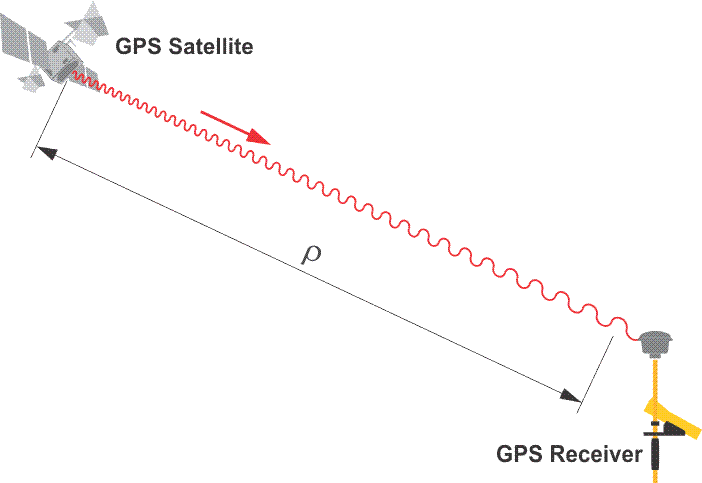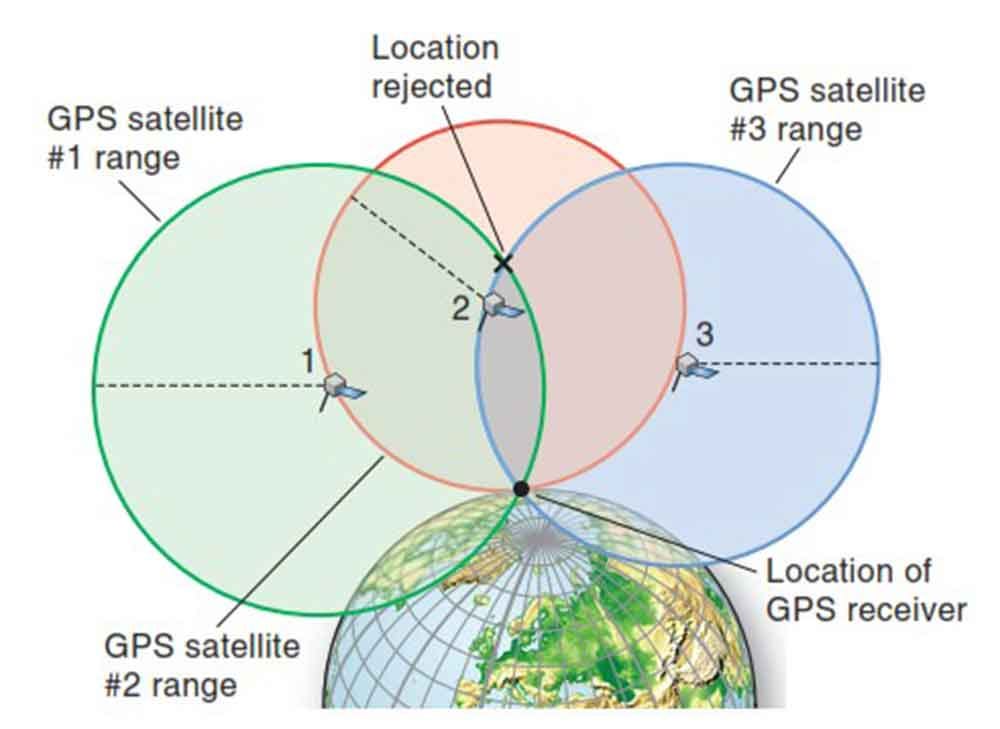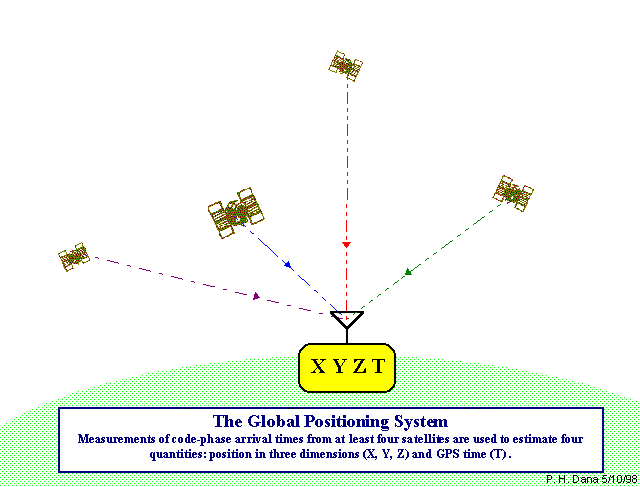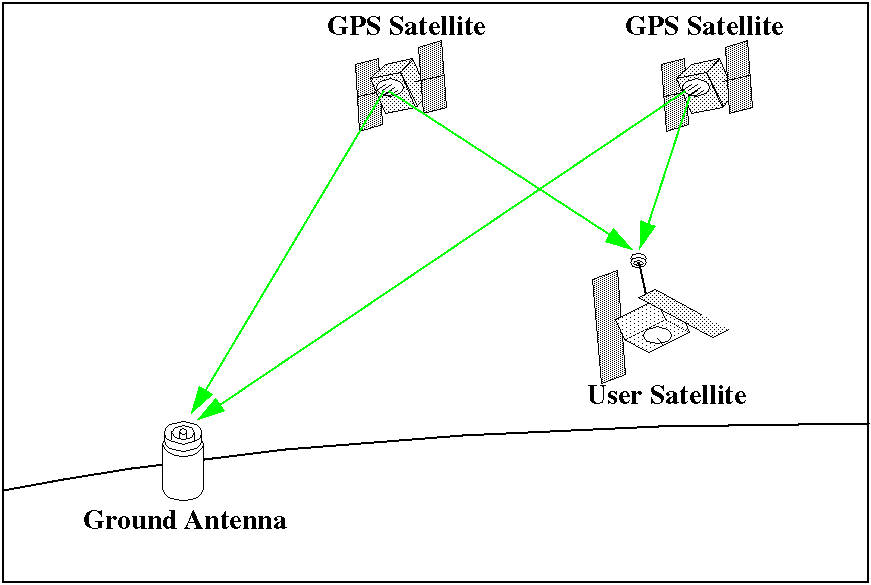Only the components or bins within 5 khz of the central frequency are examined which is the range from 2 495 mhz to 2 505 mhz and it is covered by 51 frequency components.
Gps satellite frequency range.
Gps technology operates in the following frequency bands.
In the case of the original gps design two frequencies are utilized.
The government provides the gps signal in space with a global average user range rate error urre of 0 006 m sec over any 3 second interval with 95 probability.
The l1and l2 carrier frequencies are generated by multiplying the fundamental frequency by 154.
1227 6 mhz with a bandwidth of 11 mhz.
Since 1996 the fcc has authorized licensed use of the spectrum neighboring the gps band of 1525 to 1559 mhz to the virginia company lightsquared.
The maser is the most complex and expensive rubidium the least expensive.
There are 2 046 code phases as in the previous case thus in total 51 2 046 104 346 complex frequency components will be examined.
That spread is typically lessened after tracking is achieved.
Frequencies are approximately 1 420 405 752 hz for the hydrogen maser 9 192 631 770 hz for cesium and approximately 6 834 682 611 hz for rubidium.
1575 42 mhz with a bandwidth of 15 345 mhz gps l2 band.
For the ranging codes and navigation message to travel from the satellite to the receiver they must be modulated onto a carrier frequency.
This measure must be combined with other factors outside the government s control including satellite geometry signal blockage atmospheric conditions and receiver design features quality to calculate a particular receiver s speed accuracy.
Each gps satellite transmits data on two frequencies l1 1575 42 mhz and l2 1227 60 mhz.
One at 1575 42 mhz 10 23 mhz 154 called l1.
Gnss frequency bands gnss frequency bands in the range of 1 to 2 ghz known as l band are suitable for mobile satellite systems as they suffer from little rain loss and offer lower path losses.
It should be noted that only the l1 e1 and l5 e5 signals use frequencies allocated to the arns.
In fact to make sure that it embraces the full range of the doppler effect on the signals coming in from the gps satellites the bandwidth of the if itself can vary from 5 to 10 khz doppler.
The atomic clocks aboard the satellite produces the fundamental l band frequency 10 23 mhz.
Frequency wavelength bandwith gps l1 1575 42mhz 0 190m 15 345 mhz gps l2 1227 6mhz 0 244m 11 mhz gps l5 1176 45mhz 0 255m 12 5mhz qzss l5 1176 45mhz 0 255m 24mhz qzss l2c 1227 6mhz 0.












































.png?revision=1)

